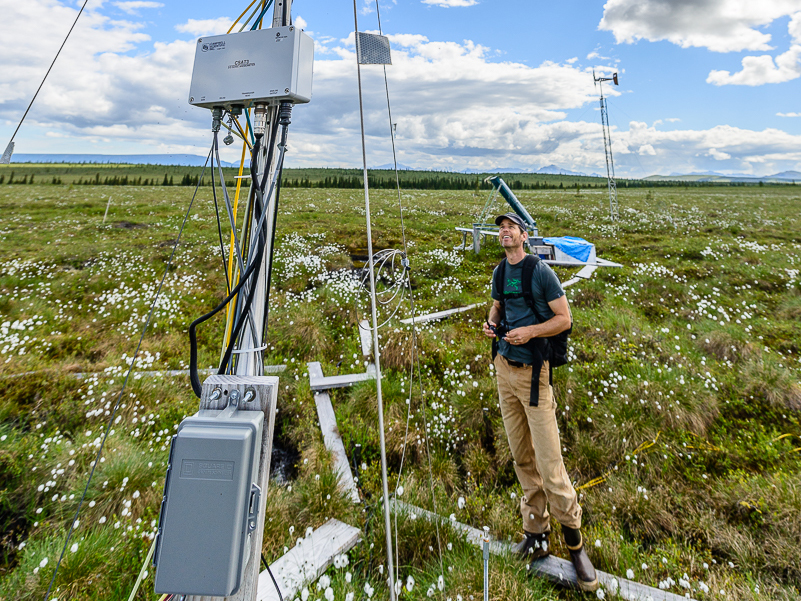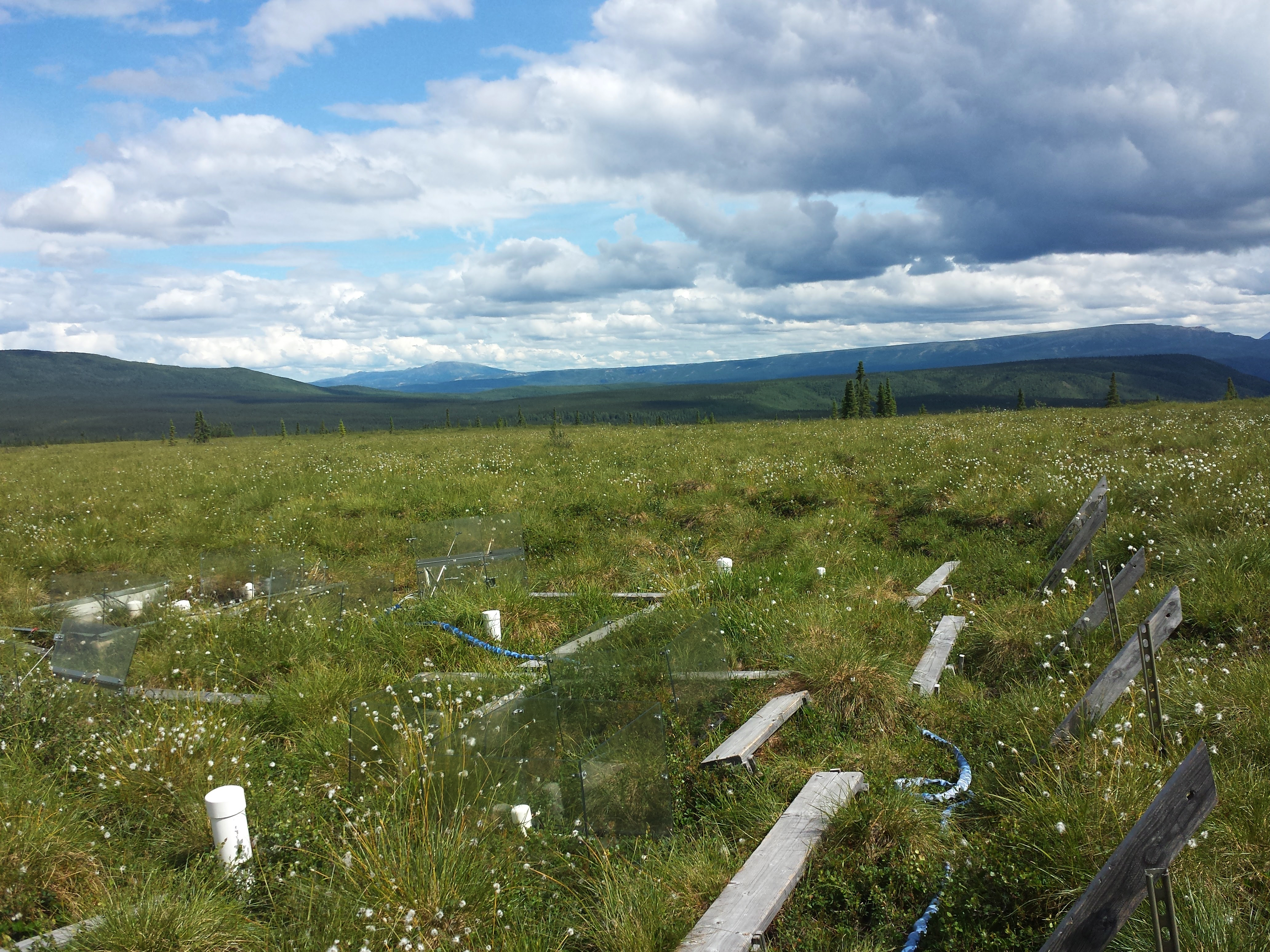Effects of human disturbance activities and environmental change factors on terrestrial nitrogen fixation
Biological nitrogen (N) fixation plays an important role in terrestrial N cycling and represents a key driver of terrestrial net primary productivity (NPP). Despite the importance of N fixation in terrestrial ecosystems, our knowledge regarding the controls on terrestrial N fixation remains poor. Here, we conducted a meta-analysis (based on […]




